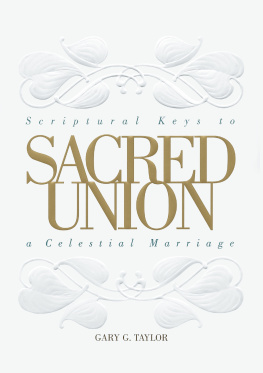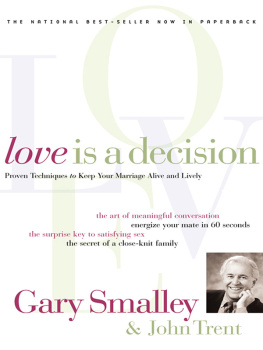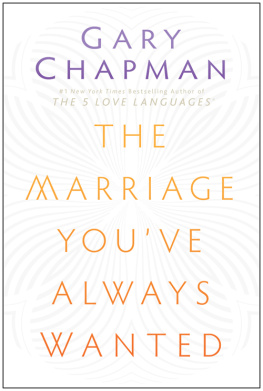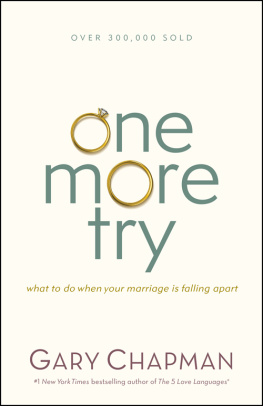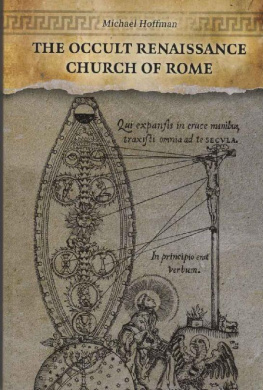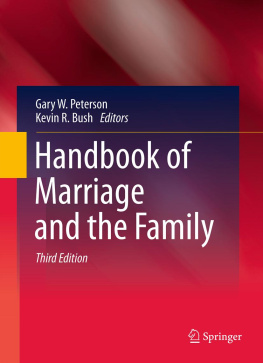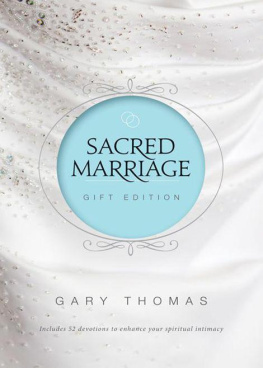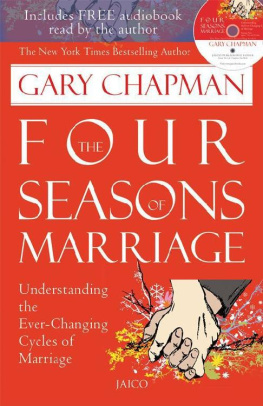ACKNOWLEDGMENTS
Over the years spent working on this project I have accumulated debts of gratitude toward many colleagues, friends, and institutions from whose help and support I have benefited. The University of Delaware provided material resources in the form of a sabbatical leave in 201011, research and travel funds, and the aid of several graduate students, notably Anna Ogunnaike who assisted with the preparation of the bibliography. The cole franaise de Rome could not have been more helpful in affording access to its magnificent library and accommodation for visiting scholars. Archivists in Italy and Spain, especially Michele Di Sivo at the Archivio di Stato in Rome and Blanca Tena Arregui and Francisco Javier Crespo Muoz at the Archivo General in Simancas, went above and beyond the call of duty in responding to questions concerning collections and documents in their care.
I am particularly indebted to colleagues and friends who invited me to present my research as it progressed at their institutions: Edwin Duval, Yale University; Nancy Frelick, University of British Columbia; David LaGuardia, Dartmouth College; Kathleen Long, Cornell University; Daniele Maira, Universitt Basel; Jean-Marie Roulin, Universit Jean MonnetSaint-tienne; and Colette Winn, Washington University in St. Louis. All of these occasions offered privileged opportunities for discussion and the refining of ideas. Particularly rich exchanges were possible in the context of a seminar at the Alice Paul Center for Research on Women, Gender, and Sexuality at the University of Pennsylvania, directed by Rita Barnard, in which she and Melissa Sanchez presented commentary pieces; at a Mellon Faculty Seminar directed by Lisa Jane Graham in the John B. Hurford Humanities Center of Haverford College, where participants discussed a precirculated paper; and during the time spent at Trinity College Dublin thanks to a short-term fellowship at the Centre for Medieval and Renaissance Studies, directed by Sarah Alyn Stacey.
I am no less grateful to scholars who, in person or via email, were willing to discuss particular points or to share their knowledge in various areas, notably Cristian Berco, Israel Burshatin, Tom and Elizabeth Cohen, Thomas Dandelet, JoAnn DellaNeva, Laura Giannetti, Paul Grendler, Ann Jones, Chiara Lastraioli, Virginie Leroux, Reinier Leushuis, Christian Moevs, Laurie Nussdorfer, Ricardo Padrn, David Quint, Michael Rocke, Guido Ruggiero, Massimo Scalabrini, Michael Sherberg, Michael Sibalis, Tessa Storey, Elissa Weaver, and Rebecca Winer. Giuseppe Marcocci generously sent me his transcript of the trial fragments, which considerably facilitated my own consultation of the manuscript, as well as the text of a forthcoming article several weeks ahead of its publication. On more than one occasion, Luisa Capodieci offered invaluable assistance deciphering documents, as did, at regular intervals, Meredith Ray, whose continued interest and inexhaustible generosity in sharing her time and expertise were crucial to the evolution and completion of the project.
Several passages of this book appeared in earlier form in (Same-Sex) Marriage and the Making of Europe: Renaissance Rome Revisited, in Whats Queer About Europe? Productive Encounters and Re-Enchanting Paradigms, ed. Mireille Rosello and Sudeep Dasgupta (New York: Fordham University Press, 2014), 2747 and 19095.
Translations are my own except where indicated otherwise.
INTRODUCTION
Engagement
Same-sex marriage: the issue has come to prominence in many countries around the world in the late twentieth and early twenty-first centuries. In the first decade of the third millennium, the right of two women or two men to marry was granted by the ten nations of the Netherlands (2001), Belgium (2003), Spain and Canada (2005), South Africa (2006), Norway and Sweden (2009), and Portugal, Iceland, and Argentina (2010). During the same years, a significant number of other states instituted alternative forms of civil union or domestic partnership, conferring all or some of the same legal benefits; these included Australia, New Zealand, the United Kingdom, Denmark, Finland, Hungary, and France, most of which have subsequently accorded same-sex couples access to marriage. By contrast, recent years have seen laws against homosexuality introduced or strengthened in places such as Russia, Nigeria, Uganda, and Egypt. In 2014, eight Egyptians were sentenced to three years imprisonment (reduced on appeal to one) for inciting debauchery. Their conviction followed the wide circulation on the internet of a video showing a celebration on a boat on the Nile during which two of them embraced and exchanged rings in what was said to be an informal wedding ceremony.
Yet the idea of marriage between two people of the same sex is not a uniquely modern one. In Europe, during the early modern period that is the focus of this book (broadly the sixteenth to the eighteenth centuries), the topic appears with surprising frequency in a wide variety of textsliterary, juridical, historical chronicles, memoirs, letters, and so on. In line with the flourishing of interest in antiquity launched by sixteenth-century humanists, we find references to the classical world and to ancient sources that tell of emperors marrying their favorite male slaves.
In other instances, stories from classical mythology were reworked, such as that of Iphis and Ianthe from Ovids Metamorphoses, describing the love of two young women, the former of whom had been raised as a boy, who are destined to marry.
Not all early modern evocations of same-sex marriage looked to classical antiquity, however. In England, Queen Elizabeth I (r. 15581603) received the ambassador of Philip II of Spain, Guzmn de Silva, in 1564. During this crucial meeting that reestablished diplomatic relations between the two countries, Elizabeth inquired after Philips widowed sister, Juana, saying how much she should like to see her, and how well so young a widow and a maiden would get on together, and what a pleasant life they could lead. She [Elizabeth] being the elder would be the husband, and her Highness, the wife. Given its singular political context, the hypothetical scenario Elizabeth evokes should not be understood in too narrowly sexual or erotic terms, but in relation to the situation of a queen who would immediately have found herself subordinate to any man she had taken as a husband. Since diplomatic relations between countries frequently passed through royal marriages, Elizabeth here envisages such a union between England and Spain. Philip, in fact, had been married to Elizabeths elder sister, Mary, after whose death he had sought the hand of the new sovereign. Elizabeth, however, had resisted. The scenario of a femalefemale wedding, with Elizabeth as husband and Philips sister as wife, allows the English monarch to suggest a rapprochement between the two countries in which she avoids the personal diminishment that a marriage with Philip would have entailed and maintains her (masculine) authority and autonomy.
Marriages between women in the early modern period, moreover, were not confined solely to the realm of the imagination. A number of cases are described in sixteenth-century France by writers such as Henri Estienne and Michel de Montaigne. The former, in his Apologie pour Hrodote





